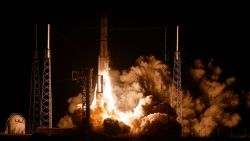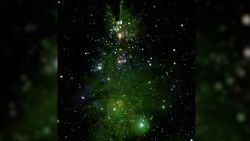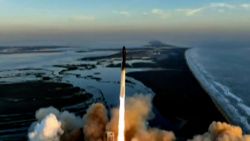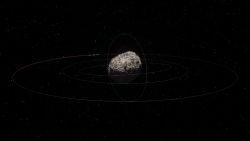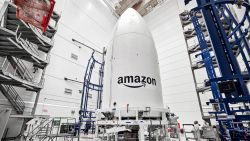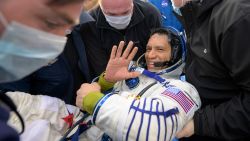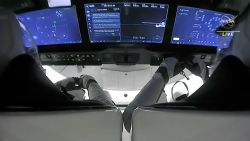Editor’s Note: Moriba Jah is an associate professor of Aerospace Engineering and Engineering Mechanics at The University of Texas at Austin. The opinions expressed in this commentary are his own.

As administrator of NASA over the last two and a half years, Jim Bridenstine did many great things for the space agency, not the least of which was to become successful at getting Americans back into space on American rockets from American soil. He also set a vision for space exploration through the Artemis program, with the objective of human exploration of space, initially focused on getting people back to the moon and women there for the first time by 2024.
As America transitions to the Biden administration, it is clear that there will be a new administrator of NASA put in place. It is important that this new administrator focus on continuing our space exploration efforts whilst extending environmental protections to include outer space. This means being better stewards and custodians of life both here on Earth and on other celestial bodies.
This is more important now than ever before as we are in the midst of a new space race – this time among information and technology-driven companies seeking to capitalize on new markets and pushing the limits of miniaturization, speed and technology, from earth observation to global satellite-based internet. Additionally, the Department of Defense has recently birthed another service branch called the US Space Force, which will provide safety and security for US commerce and activities in space.
With the current pandemic, the Biden-Harris administration will likely be less focused on space exploration and commerce than the outgoing administration. But given the incoming administration’s emphasis on climate change, the new NASA administrator could be most effective by focusing on how space services, capabilities and activities can help underwrite achievable environmentalism. Much of the data used to monitor and assess climate change, for example, are collected from space-based assets.
But the near-Earth space in which our satellites travel has become increasingly congested, leaving our assets unprotected from space traffic hazards and threats. If any of the climate change data-gathering satellites suffer damage from space junk, that would greatly diminish our ability to understand the scope of environmental sustainability. The incoming administrators must seek ways to make space traffic more predictable (where it is and where it will be on the orbital highways), which will greatly help space safety. By widely sharing satellite locations and planned maneuvers, the rest of the satellite operators can plan accordingly.
Space traffic is increasing significantly without agreed-upon space traffic rules. Each country is free to use space, peacefully, as it wishes, but in near-Earth orbit, multiple entities behaving individually without a strategy could result in tragedy.
A 2018 policy directive lays out the national priority for space situational awareness and traffic management to aid exploration and support space commerce, recently congressionally supported under the Department of Commerce’s Office of Space Commerce. This knowledge is required to understand when to launch a satellite and when to move out of the way of a possible collision. The number of predicted near misses – any pair of space objects predicted to come within 10 kilometers of each other – in space has doubled in the past two years, as can be visualized in The University of Texas at Austin’s Conjunction Streaming Service (CSS). The next NASA administrator must mitigate this hazard to space exploration.
It’s unlikely that the next NASA administrator will be able to continue the path initiated by Bridenstine through the Artemis program due to its ambitious time frame and funding requirements. But space environmentalism is a critical issue to be addressed and NASA has a clear role from a science and technology perspective. Under the next administrator, NASA should continue to research clean energy and aviation, while also helping mankind understand the impact and scope of climate change.




